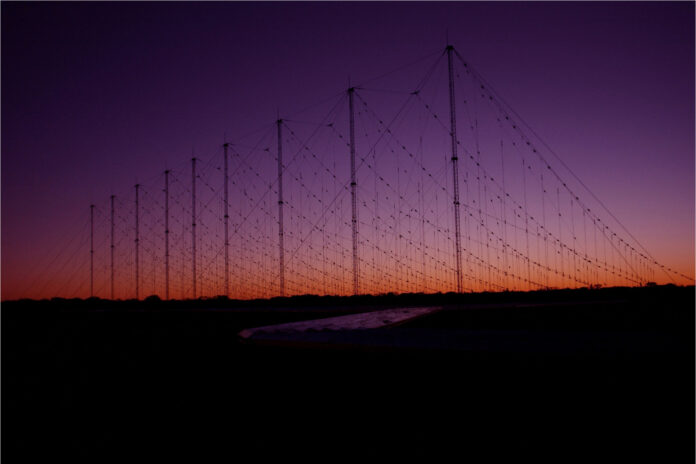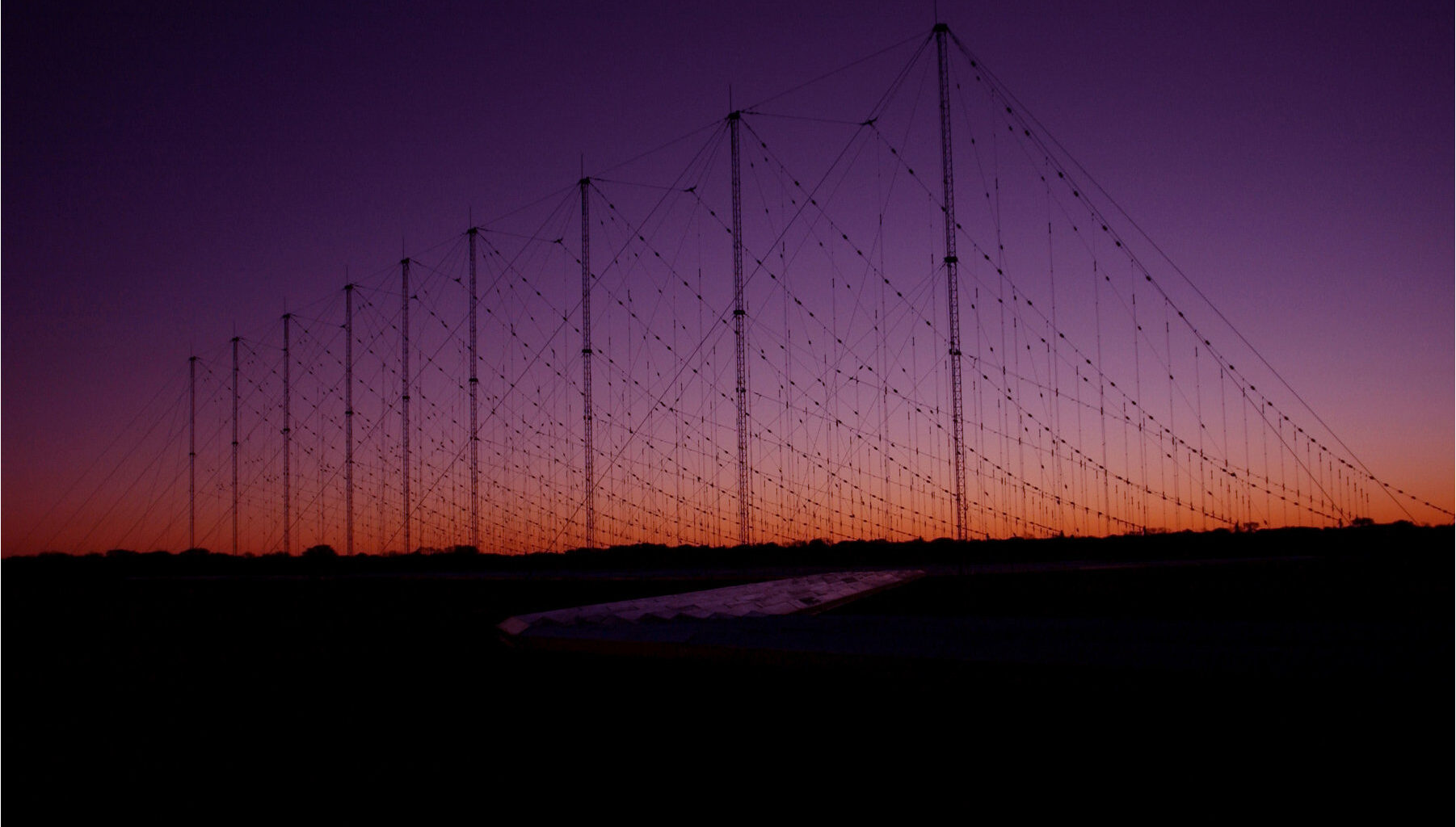
 The Jindalee Operational Radar Network, a network of three over-the-horizon radar sites, is a strategic and early-warning asset for Australia. (ADF)
The Jindalee Operational Radar Network, a network of three over-the-horizon radar sites, is a strategic and early-warning asset for Australia. (ADF)Australia and Canada have solidified their bilateral cooperation as Ottawa moves towards adoption of over-the-horizon radar (OTHR) technology on offer from Australia. On 18 July, Australia’s Department of Defence announced that a new technology partnership agreement to support this aim had been signed.
This revelation came exactly four months after Canada declared that it wished to establish such a radar network to protect its arctic borders. Some 40% of Canadian territory sits above the Arctic Circle, and it requires improved domain awareness to close gaps in coverage of its icy periphery.
Australia already fields such an OTHR system, which is known as the Jindalee Operational Radar Network (JORN). Obviously, however, Australia’s system endures very different environmental conditions than what Canada faces.
Australia stated, “The signing of this agreement will enable Australia and Canada to work across government and industry to investigate technical challenges associated with OTHR operation in the arctic, to further develop JORN technology, and to conduct detailed planning for the development, manufacturing and commissioning of a new Canadian OTHR capability.”
Australia’s Defence Science and Technology Group will collaborate with Defence Research and Development Canada and Canada’s Department of National Defence Digital Services Group. Based on their respective expertise in JORN and arctic operation of high-frequency (HF) radars, they will jointly pursue advancements that bring mutual benefit.
JORN allows Australia to detect objects in the air or on the sea at range of up to some 3,000km away. The OTHR system bounces HF radio signals off the ionosphere, and it relies upon three radar antenna arrays in far-flung sites – Longreach, Queensland; Laverton, Western Australia; and Alice Springs, Northern Territory.
BAE Systems Australia has been managing JORN since 2018. It declined to comment on the pending Australia-Canada deal, though Ashley Searl, Director of the company’s Battlespace Integrated Solutions, told Asian Military Review that ionosphere conditions “are very important to how the system operates. I guess a lot of the smarts in JORN is understanding what different ionospheric conditions can give you in terms of performance.”
He acknowledged that one of JORN’s strengths is adjusting itself to match conditions of the day. Searl also added, “You can select how you operate it. You can do it over broader areas or narrower areas, depending on where your mission set is.”
BAE Systems Australia is currently implementing a decade-long upgrade of JORN under Project Air 2025 Phase 6. This contract awarded in 2018 represents a midlife upgrade that introduces new digital waveform transmitters and receivers, and it extends JORN’s operational life till at least 2042.
Back in March, the Canadian government stated, “This partnership will include developing Canada’s Arctic Over-the-Horizon Radar (A-OTHR) system, an investment of more than C$6 billion [US$4.3 billion] that will provide early-warning radar coverage from threats to the Arctic.”
The A-OTHR network would also contribute data to the North American Aerospace Defense Command (NORAD) modernisation plan.
This bilateral cooperation does not yet represent an acquisition contract. Canberra stated, “This agreement demonstrates our shared commitment to security through investment in cutting-edge technology and opens the door to what maybe a potentially significant export opportunity for Australian industry.”
If a deal is eventually inked, it would be one of Australia’s most lucrative defence exports ever.
by Gordon Arthur
